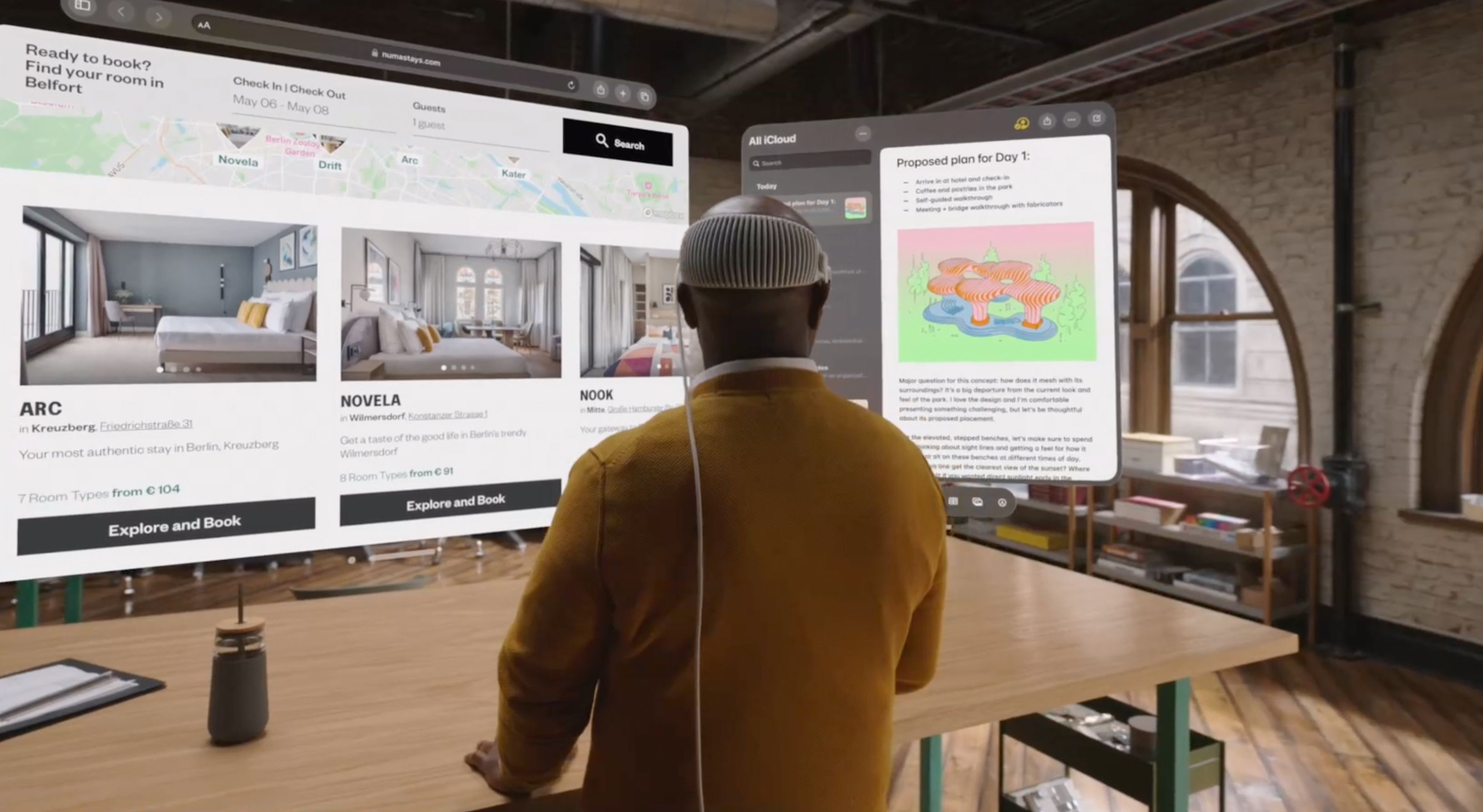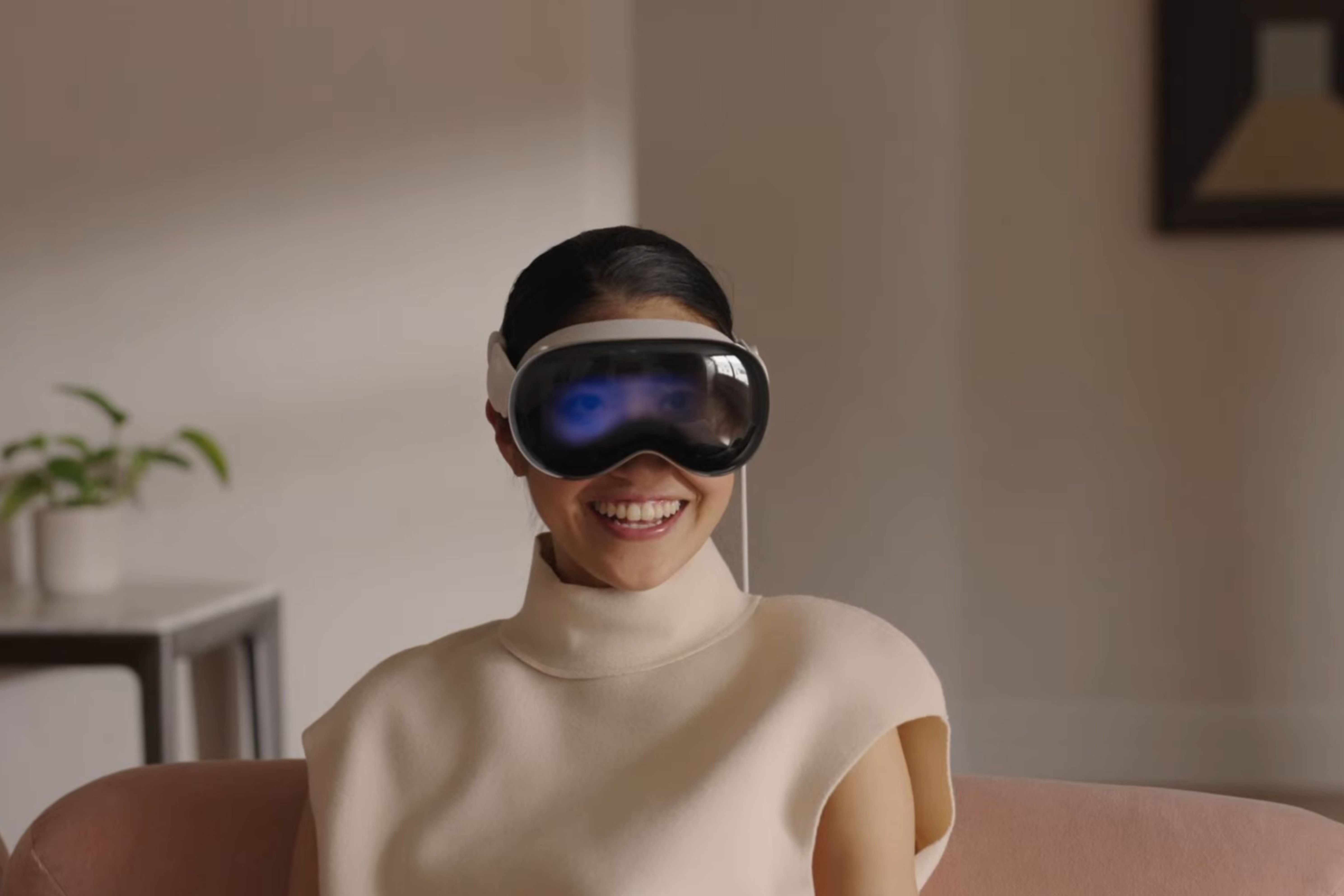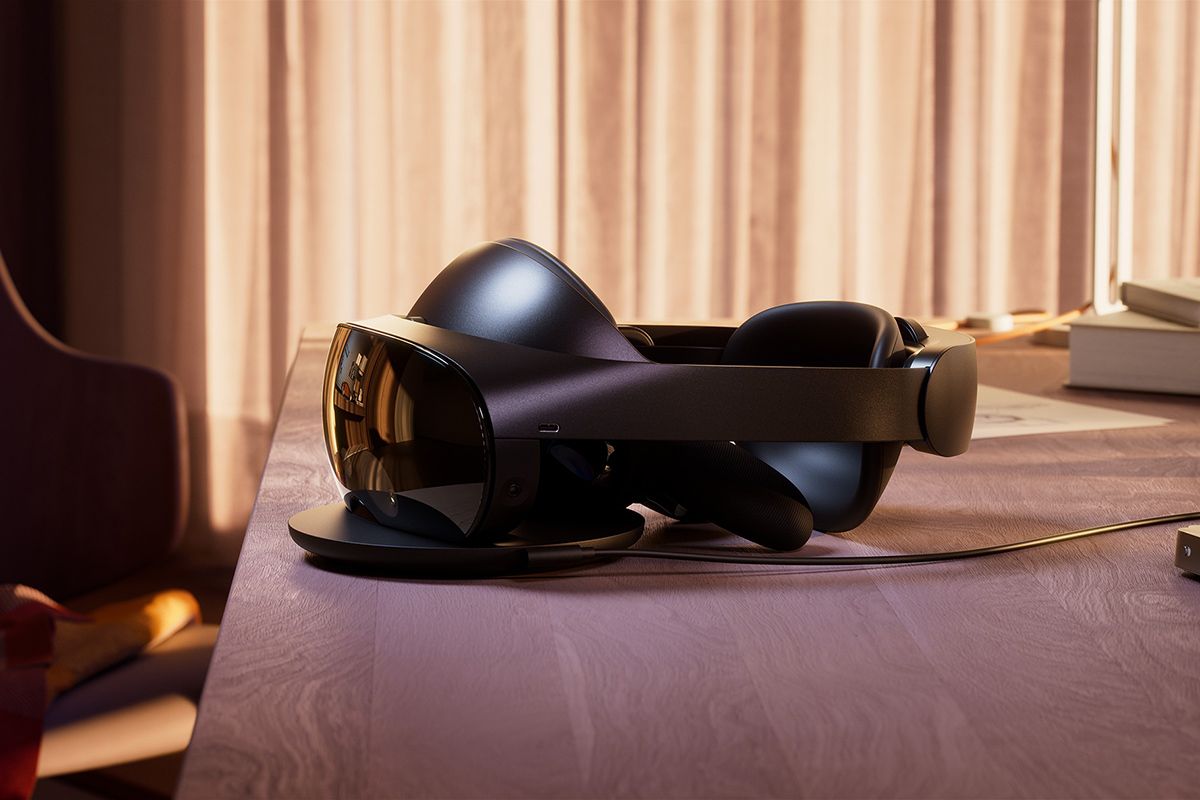Apple and Meta have never been closer as companies. Now that Apple has the Vision Pro, it can compete in the same industry as Meta with its Quest headsets. Previously, we discussed how Apple’s Vision Pro headset could disrupt the VR industry and could capitalize on Meta’s privacy woes. Apple’s reputation in this space is objectively superior to Meta’s. So, it already has a strong win in their inevitable battle.
That said, pitting the Vision Pro against Meta’s flagship headset reveals a lot of significant variances in terms of hardware, reflecting the status of each company in the market and the target audience they cater to.
An impending clash of titans is inevitable, but not now
For starters, despite sharing the same form factor, Apple’s Vision Pro is not exactly marketed as a VR headset. Apple is calling it a “spatial computer” and evaded any possible mentions of VR during the announcement. Perhaps the closest Apple came was while explaining how twisting the Digital Crown on the side controls the user’s immersion. On the other hand, Meta straight out introduced its Quest Pro, which also makes use of AR features like the Vision Pro, as its most advanced VR headset yet.
Having said that, it’s not like there isn’t any overlap between these devices. Both headsets share the core specs and form factor. As we dig deeper into the hardware employed, things start to look even more bewildering.
Meta kept the door slightly open, allowing Apple to slide in and stake its claim as the new benchmark.
There is almost no argument that Apple’s hardware feels a bit more powerful and refined despite Meta having such a substantial head start. From the build quality to the resolution and everything in between, Apple pretty much trumps its Meta counterpart across the board, with battery life being the only caveat. Part of the reason, of course, is that Apple managed to pull ahead of Meta in some specs because the Vision Pro is newer compared to the relatively older Meta Quest Pro. However, one cannot help but feel very much in awe of Apple’s endeavors when considering that this is Apple’s inaugural MR headset.
This begs the question: shouldn’t Meta have achieved more, having been involved in the VR industry for nearly half a decade while leveraging its history as Oculus? Apple deserves heaps of praise for pulling this combination, but Meta had the potential to achieve more and really stamp its authority on the market. Instead, Meta kept the door slightly open, allowing Apple to slide in and stake its claim as the new benchmark.
All that said, it’s not like Apple rendered Meta’s flagship headset obsolete overnight. For starters, both products have measly battery life at around 2-3 hours, and the Vision Pro can only claim battery life when plugged into an extra battery pack. That means, for the most part, you’ll have to use the Vision Pro plugged in. There are also features we still haven’t seen tested out in the wild yet, like EyeSight, which creates a view of your eyes for external eye contact.
Apple is having a crossroads moment
Source: Apple
However, what truly sets both headsets apart is the direction each company has taken. For one, Apple made it clear that the Vision Pro is a product geared towards work-based solutions more so than anything else. Throughout the WWDC event, Apple did not shed any light on gaming features or capabilities, with the announcement that prominent developer Hideo Kojima would be bringing future titles to Apple platforms being the closest we got.
On the other hand, Meta introduced the Quest Pro as a VR headset built primarily for “collaboration and creativity” while noting that VR has become a fundamentally social platform, linking back to Meta’s motive — at the time — of making progress on the metaverse. Along with announcing partnerships with Microsoft’s and YouTube’s teams on developing new productivity and social media features, respectively, Meta explicitly mentioned how compatible games that make use of the Quest Pro’s hand tracking can be found on its Meta Quest store during its announcement.
This shows the sheer difference between both companies in terms of their directions. While Meta appears to have a clearer direction of what it wants its VR products to be, Apple still seems to be testing the waters, perhaps looking for developers to explore how the Vision Pro can be best utilized. Make no mistake, though, with how well-polished its VR headset is, it is only a matter of time before we see Apple giving Meta a run for its money, especially as it iterates more on the concept.
Seeking perfection comes at a high price, literally
Source: Meta
However, the Vision Pro will be heavily crippled by one major factor: the price. At $3,499, the Vision Pro costs more than any other consumer-facing headset on the market. At this point, the Vision Pro is more of a rich person’s toy than anything else. And with the Quest Pro’s price slashed to just $999, Meta’s headset will surely look more appealing to a lot of people. That, along with the fact that the Vision Pro will not hit the market before early next year, would heavily sway people toward Meta, which is also working to release its much cheaper, mainstream Quest 3 headset later this year.
There is no denying that the Vision Pro is something to behold. Apple has ticked many boxes right from the get-go, giving Meta some much-needed competition when it comes to high-end VR headsets. However, with such a hefty price tag, the Vision Pro’s adoption rate will definitely be really low. Had it been priced a bit closer to the Quest Pro’s initial price, maybe Apple could appeal to a larger consumer base. Perhaps if Apple releases a non-Pro variant for a slightly lower price, it could be a different story.
[ad_2]







